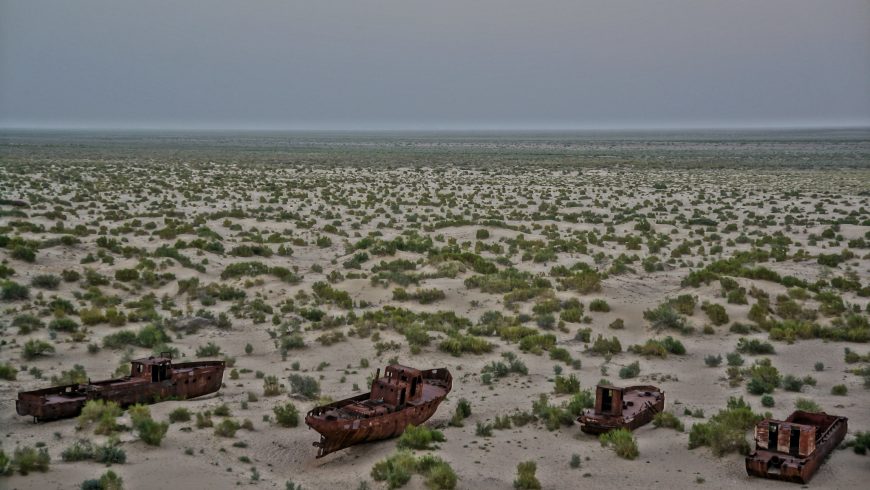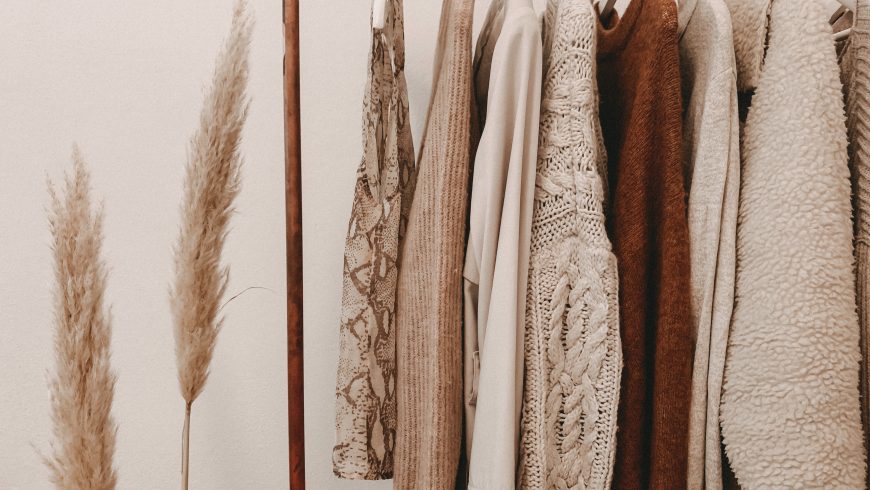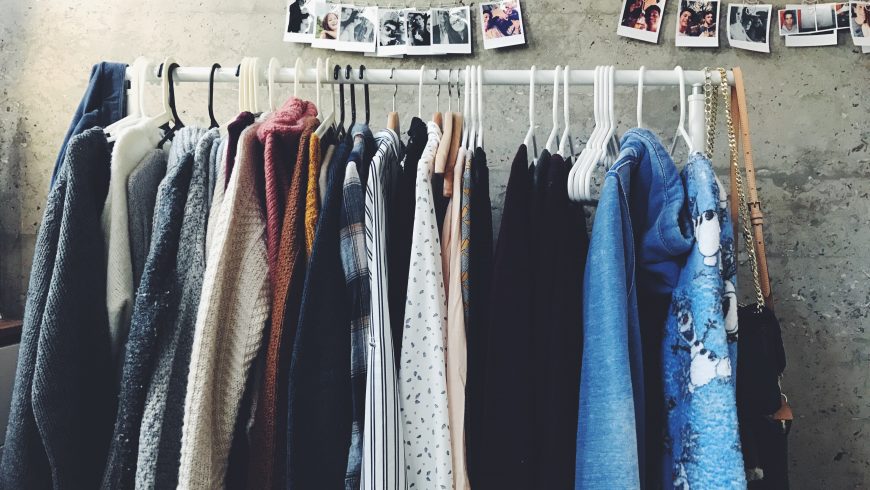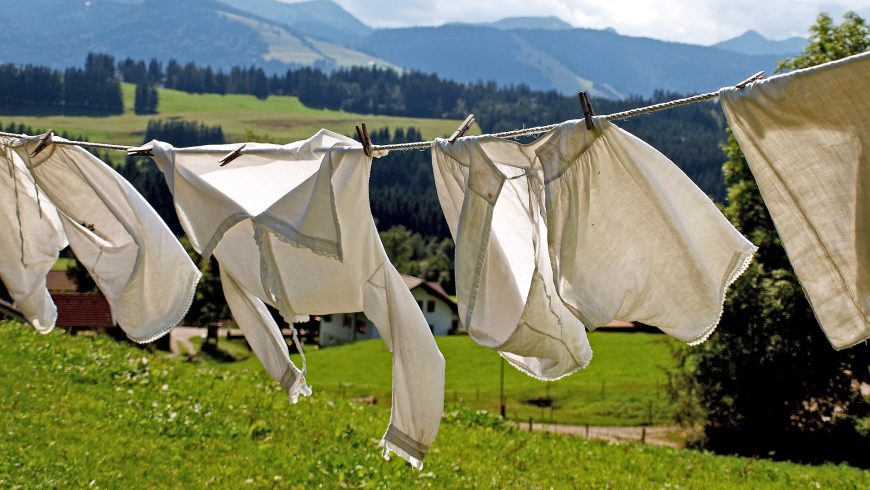The clothing industry is known to be the second biggest polluter in the world. Some eye-opening facts and tips on how to give your clothes a longer life.
Right after the oil industry, clothing production is known to be the second biggest polluter in the world. Is not that surprising? We have collected some eye-opening facts about the industry’s environmental impact. Additionally, some tips on how to give your clothes a longer life, therefore better the planet.
Environmental impacts of clothing manufacturing
Toxic and intense water consumption
As the industry continuously grows, all the adverse effects of production have a bigger and more significant impact. (sustainyoustyle.org) In most of the mass manufacturing countries, there are no laws on how to treat the toxic wastewaters (infested with arsenic, mercury, and others). Instead, it gets directly deposited into rivers and oceans. This can later, directly affect the habitats of the water. The toxics can also pile up and enter into the tap water systems of millions of people.
Not to mention the water consumption relating to cotton production. Traditionally, companies use around 10,000 liters of freshwater in order to produce 1 kg of cotton (bettercotton.org). And it does not stop there. Subsequent to the creation of that fabric, companies use another enormous amount of water throughout the dying process. All this water consumption is pressuring the resources. The Aral Sea is a devastating example of the consequences of extensive cotton production.

As “85 % of the daily needs in the water of the entire population of India would be covered by the water used to grow cotton in the country. While 100 million people in India do not have access to drinking water.” Says Stephen Leahy in a The Guardian interview. Luckily, some fibers require less water for their production. Please read further for our recommendations!
Waste and greenhouse gases
The harmful effects of the fashion industry do not end with water consumption. There are tremendous amounts of textile waste all over the world. Just one single-family in the western world dispose and average of 30 kg of textiles each year. While around 15-20% of this managed to be recycled or reused, the majority still ends up at landfills, where it takes approximately 200 years to decompose, if it is a synthetic material.

With each kg of fabrics produced the companies create 23 kgs of greenhouse gases. Just by wearing the same items several times, we can cut down the carbon emission used. Researchers could connect 400% more CO2 discharge to the same garment if we wear it five times instead of 50.
The substantial degradation of the soils all over the world is one of the leading environmental issues right now. The clothing industry not only takes part in this with the extensive use of chemicals, but the overgrazing of the sheep and goats for their wool is a big issue too. For the wood-based fabrics, like rayon and viscose, thousands of hectares of ancient forests are cut down each year and replaced by “a more useful” species of them.
The average European wardrobe facts

Here are the main data relating to the environmental impact of our clothes, reported in the Great British Wardrobe Report:
- A British woman spends an average of £74 on clothes per month (£1042 per year)
- An average woman owns 95 items of clothing
- Only wears 59% of that 95 items regularly,
- While a man holds 56 pieces and wears 62% of them regularly
- 79% of women say they are more confident and satisfied with themselves when wearing something newly accumulated
- 52% feel less confident when wearing used items.
- Women are also more likely (51%) than men (38%) to buy something new for one single special occasion
- The most problematic segment (18-24-year-old) where 2 out of 3 people feel mediocre and average when wearing something that is not new
Tips on how to give your clothes a more extended life
Extending the lifetime of the items in your wardrobe is the best way to reduce the environmental impact of each piece. Change your ways, reduce the waste by following these tips:

For starters, look at what is that you are buying:
- Choose fabrics that were made in countries. Some hold strict environmental and social regulations about manufacturer’s rights and obligations
- Look for organic and natural (semi-synthetic) fibers, that has fewer chemicals in it. Not only good for the environment, but for your skin and for your general well-being
- Choose linen, recycled or innovative fibers, that requires less water for the production
- Generally, buy a better quality or recycled clothes. They may be initially more expensive but an excellent investment, but better quality means more durability and a lot of times more style as well.
How to wash them:
- Always follow the instructions on the label! Honestly, how many times did you ignore that? It is there on purpose, a lot of times handling with care can increase an item’s durability.
- Turn knitwear inside out to prevent them from tearing.
- Instead of bleach, use white vinegar as a more natural, gentler and sustainable solution
- Save some money by not using the drier. Drying them on a rack is not only good for the wallet, but for your clothes as well.

How to use them:
- Do not spray perfumes or deodorants directly to your clothes!
- Treat stains immediately and appropriately! Possibly with a natural stain remover.
- Hang your clothes, so you don’t have to iron or steam them.
- Too hot or humid places can disrupt the fibers, store them accordingly!
- After not using them, of course, consider giving it up for charity, exchange or sell them instead of dumping it. You can even repurpose your ripped clothes in so many ways around your home!
Let us know if you have any other sustainable clothing hacks or ideas for repurposing!
Cover photo: Clothing rack. Photo by: @stocksnap, via: Pixabay




